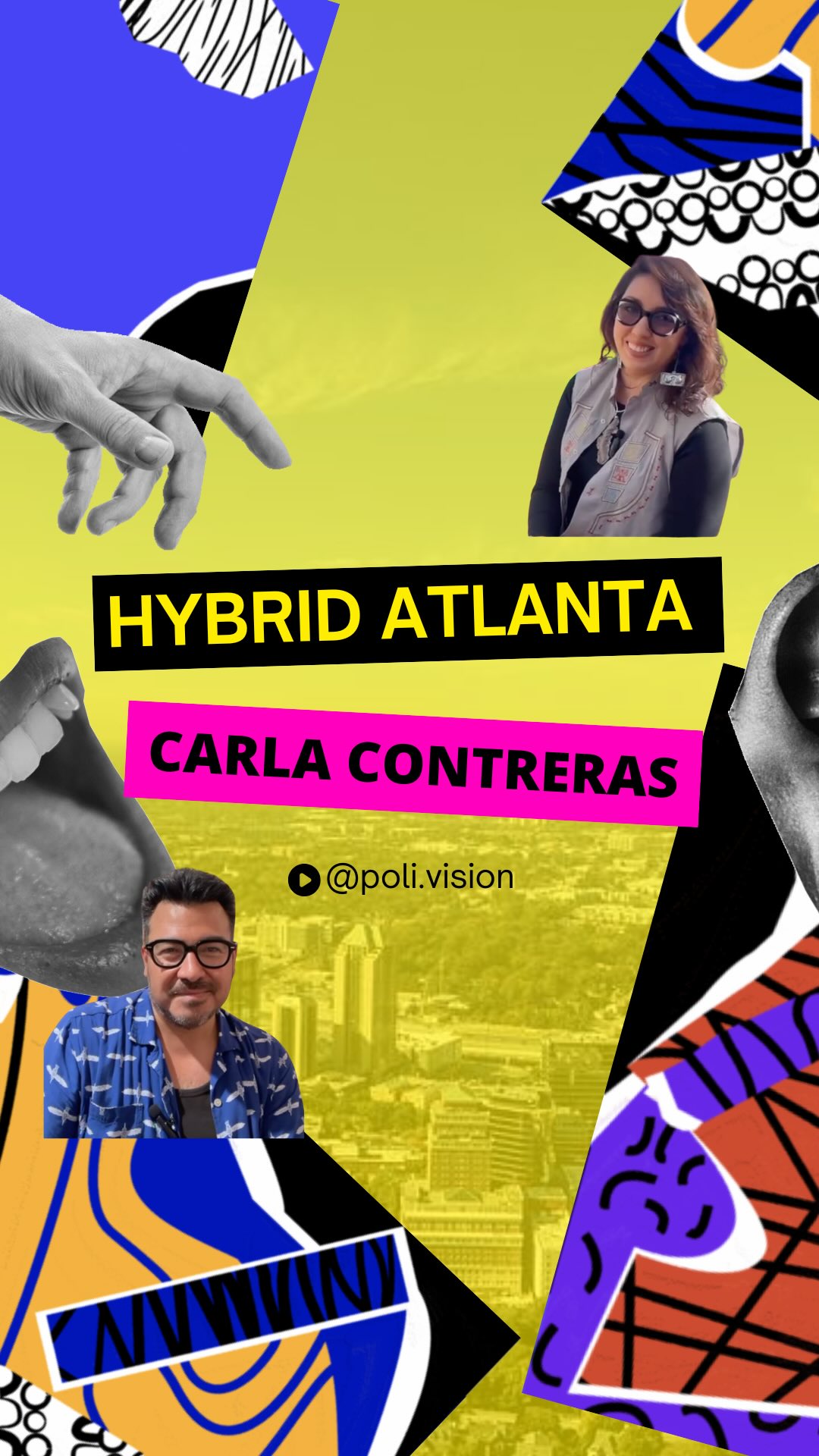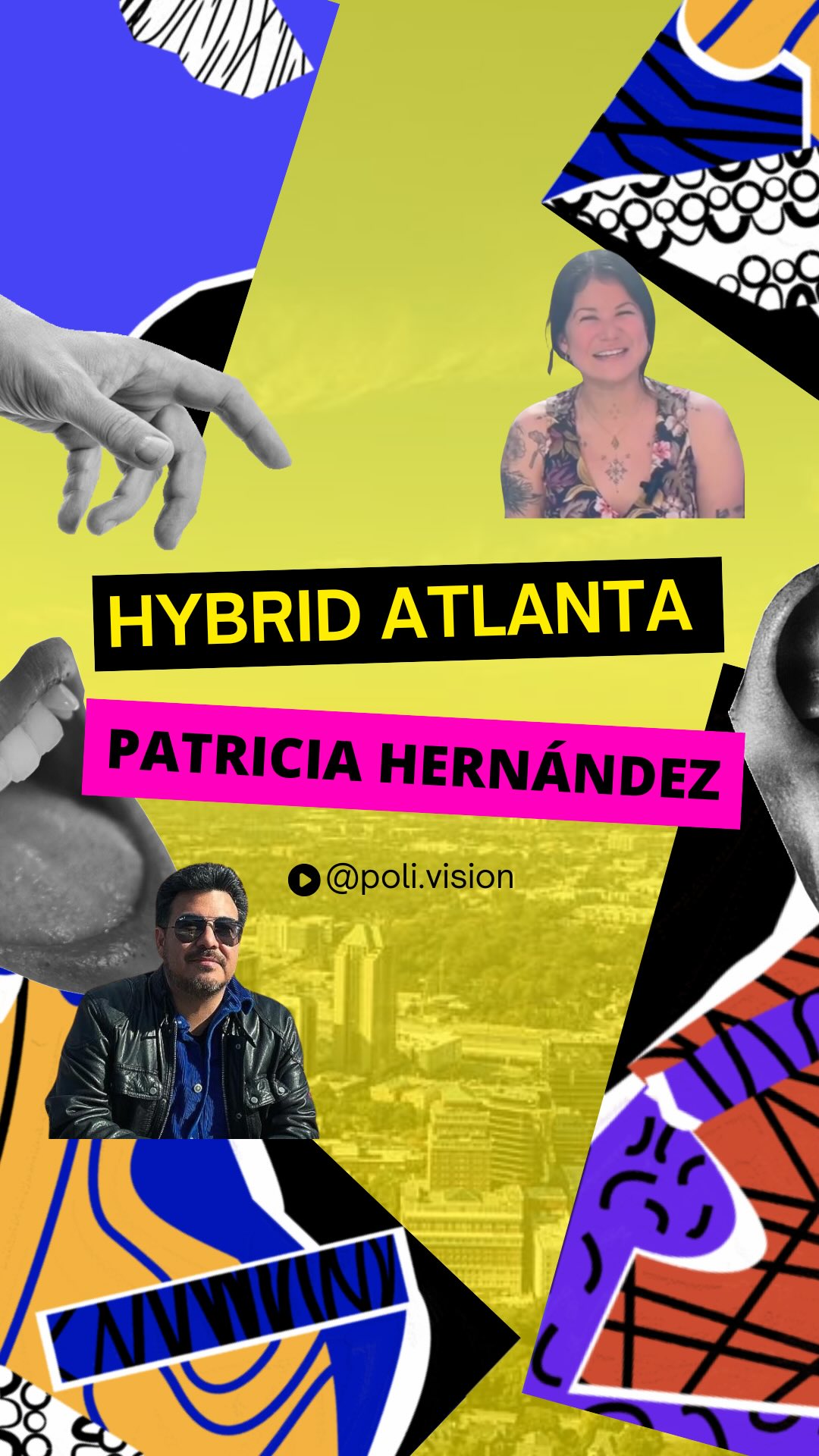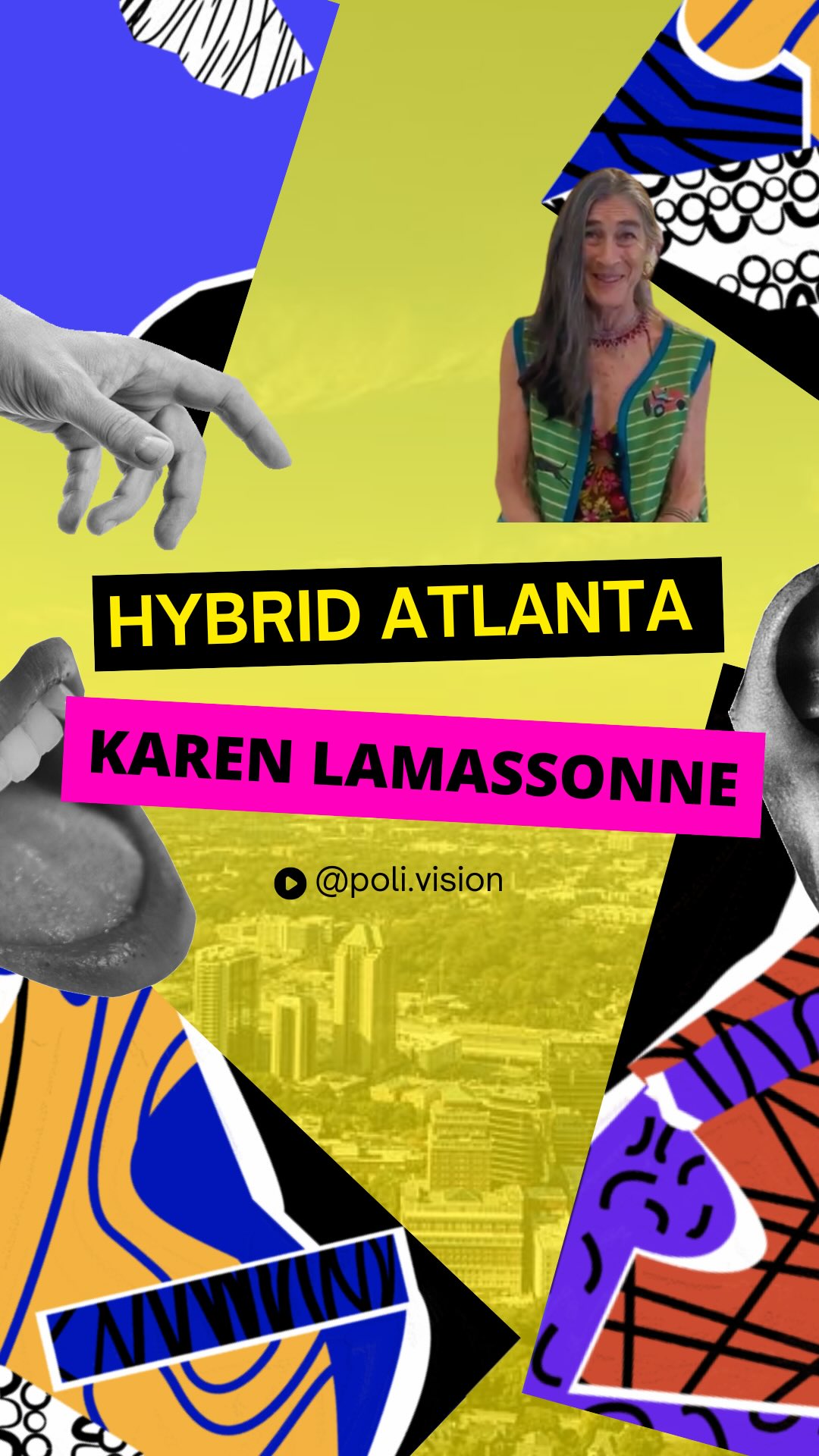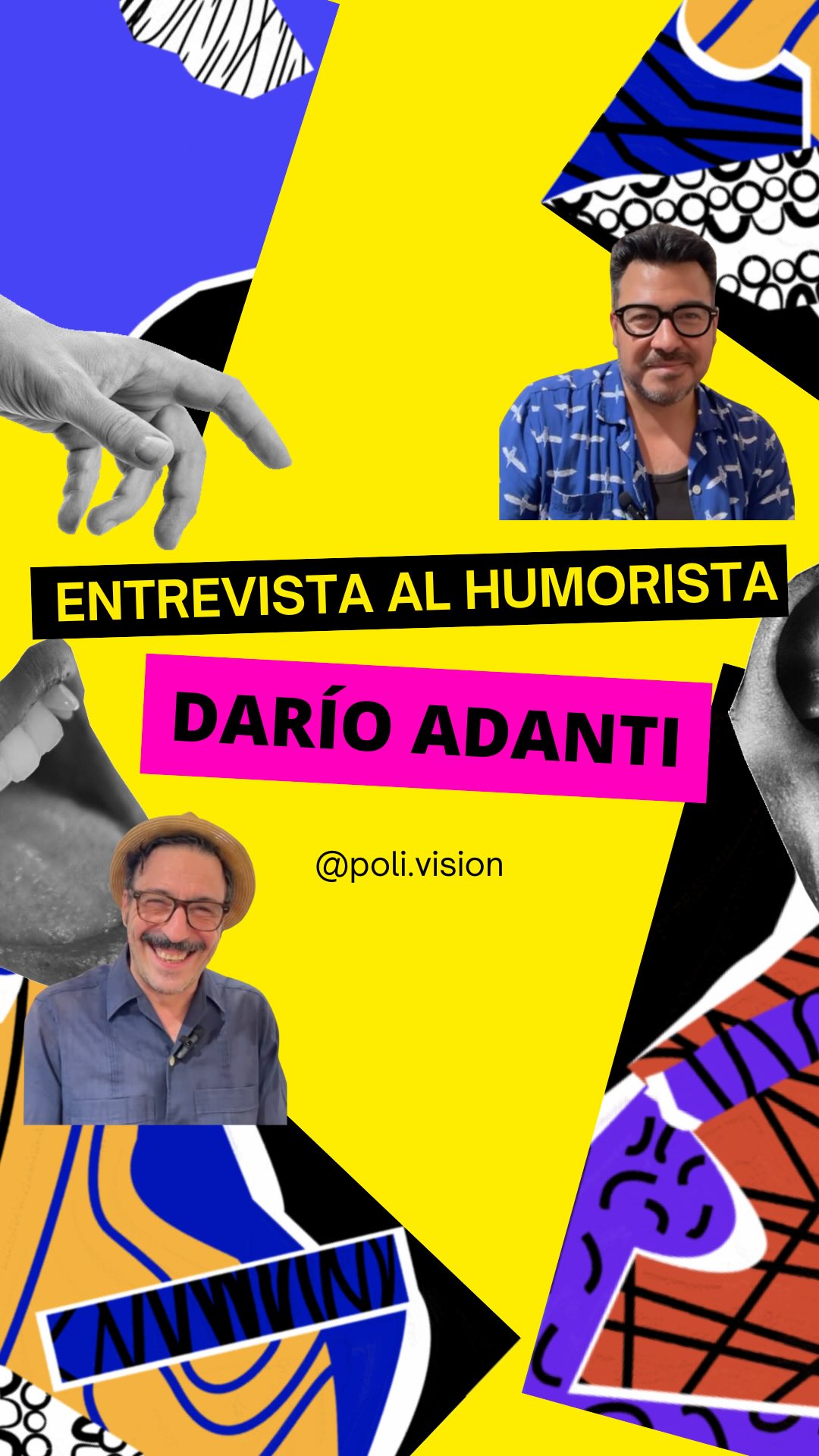Take a look into the diversity of new Argentinean artists born after 1975. Here is a selection by Peruvian curator and artist Luisa Fernanda Lindo
1. AMALIA PICA (1978)
Pica raises the possibility of art as a means of communication, so she proposes the creation of a language that transcends symbolic representation, while investigating the concept of collectivity. Thus, her actions generally occur in open scenarios such as public squares or spaces, which suggest an active participation by society.
Pica plantea la posibilidad del arte como medio de comunicación, por ello propone la creación de un lenguaje que trascienda la representación simbólica, a la vez que indaga en el concepto de colectividad. Así, sus acciones se producen –generalmente– en escenarios abiertos como plazas o espacios públicos, que sugieren una participación activa por parte de la sociedad.
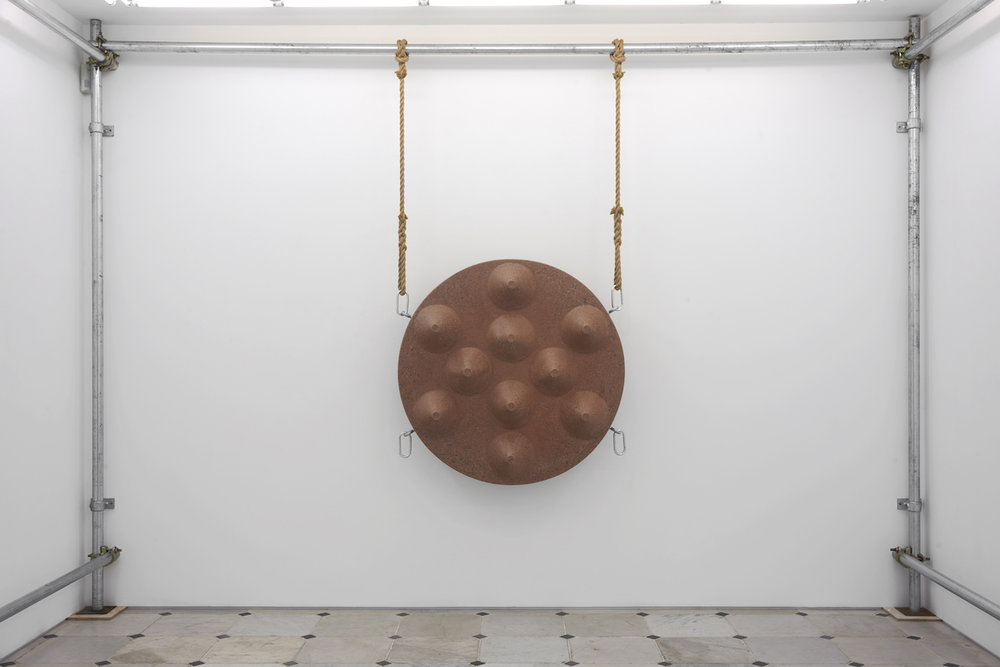 Imagen: While Inside, 2019, imagen tomada de Ocula, cortesía de Herald St, London.
Imagen: While Inside, 2019, imagen tomada de Ocula, cortesía de Herald St, London.
2. ADRIÁN VILLAR ROJAS (1980)
His large-scale sculptures produce a tension with the space in which they are located, while the environment produces alterations to generate new situations of encountering art that touches the sublime. Thus, his artistic practice transcends time as it combines and alters elements of the past with those of the present to build alternative versions of our society.
Sus esculturas a gran escala producen una tensión con el espacio en el que se ubican, en tanto producen alteraciones el ambiente para generar nuevas situaciones de encuentro con el arte que rozan lo sublime. Así, su práctica artística trasciende el tiempo en tanto combina y altera elementos del pasado con los del presente para construir versiones alternativas de nuestra sociedad.
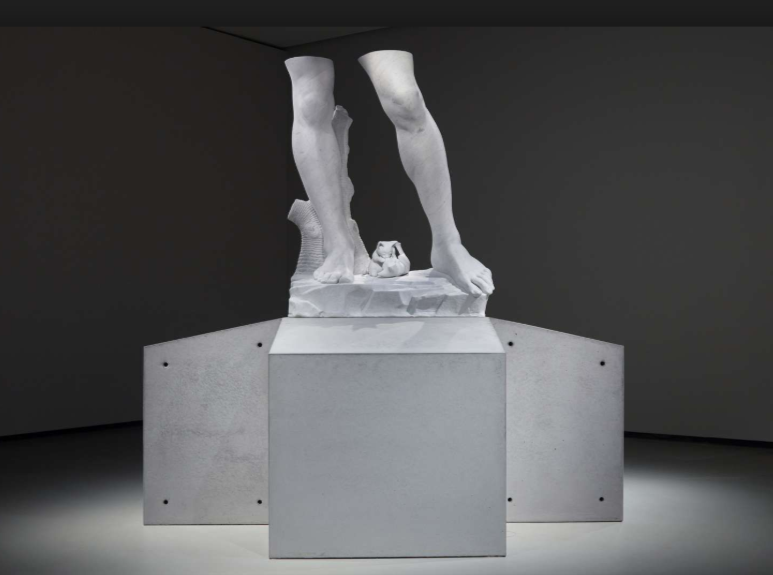 Imagen: From the series The Theater of Disappearance, 2017, imagen tomada de FLV.
Imagen: From the series The Theater of Disappearance, 2017, imagen tomada de FLV.
3. MATÍAS DUVILLE (1974)
The tension between opposites, mutation and time are some of the themes that cover his latest works, which have as their starting point the drawing that is characteristic in Duville. As a bleak prophecy, his works – which experiment with the various media and materials in which the artist’s brand is printed – evoke scenes and landscapes that give the feeling of anticipating a catastrophe.
La tensión entre opuestos, la mutación y el tiempo son algunos de los temas que recorren sus últimos trabajos, los cuales tienen como punto de partida el dibujo que es característico en Duville. Como una profecía desoladora, sus obras –que experimentan con diversos soportes y materiales en los cuales la marca del artista queda impresa– evocan escenas y paisajes que dan la sensación de anticipar una catástrofe.
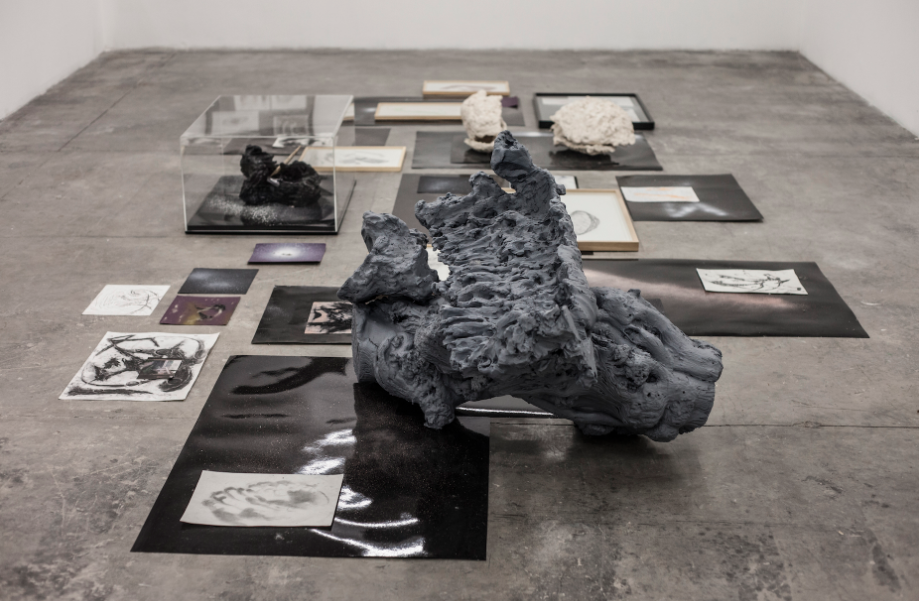 Romance atómico, 2017, imagen tomada de Barro.
Romance atómico, 2017, imagen tomada de Barro.
4. TAMARA KUSELMAN (1980)
Through the concept of representation, her work explores the boundaries between reality and fiction as well as human behaviors in everyday life. That is why many of her artistic processes tend to be collaborative and collect the experience of the participants. Likewise, she is seduced by the tension that occurs between anticipation and loss of control, which is reflected in her works.
A través del concepto de representación, su obra explora las fronteras entre la realidad y la ficción así como los comportamientos humanos en la vida cotidiana. Es por ello, que muchos de sus procesos artísticos tienden a ser colaborativos y recogen la experiencia de los participantes. Asimismo, le seduce la tensión que se produce entre la anticipación y la pérdida de control, la cual plasma en sus obras.
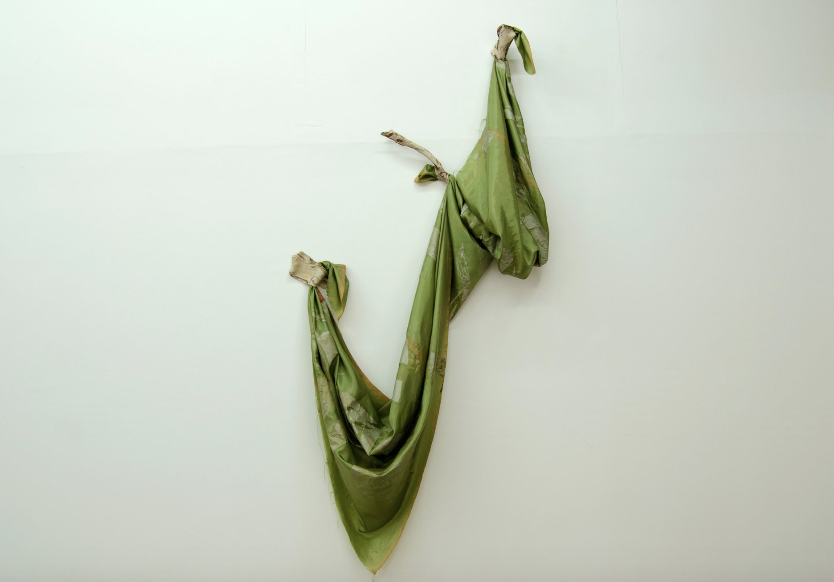 The go and the if, 2017, imagen tomada del artista.
The go and the if, 2017, imagen tomada del artista.
5. AGUSTINA WOODGATE (1981)
Through sculptural works, public interventions and social interactions, Woodgate proposes new landscapes that question the territories, their policies and their limits, as well as the arbitrary boundaries that respond to the hegemonic systems of power. Her work comes less from creation and more from deconstruction and discovery, thus recombining, activating and reusing the resources available to offer an alternative system to the preexisting.
A través de obras escultóricas, intervenciones públicas e interacciones sociales Woodgate propone nuevos paisajes que cuestionan los territorios, sus políticas y sus límites, así como las fronteras arbitrarias que responden a los sistemas hegemónicos de poder. Su trabajo proviene menos de la creación y más de la deconstrucción y del descubrimiento, así recombina, activa y reutiliza los recursos disponibles para ofrecer un sistema alternativo a lo preexistente.
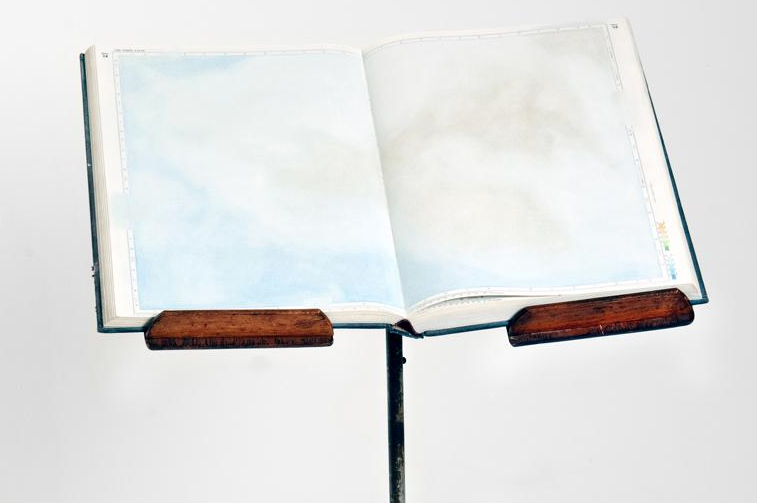 The Times Atlas of The World, 2012, imagen tomada de Barro.
The Times Atlas of The World, 2012, imagen tomada de Barro.
6. EDUARDO BASUALDO (1977)
His work has to do with time, with transience, with the fragility of social structures and the perishableness of affective relationships. Therefore, his works – which consist of large scale sculptures that test our perception and our senses – seek o put into crisis the structures that order the spaces. And, for Basualdo, the world tends to disappear, to an evaporation of these same structures.
Su obra tiene que ver con el tiempo, con la fugacidad, con la fragilidad de las estructuras sociales y lo perecedero de las relaciones afectivas. Por ello, sus trabajos –que constan de esculturas a gran escala que ponen a prueba nuestra percepción y nuestros sentidos– procuran poner en crisis las estructuras que ordenan los espacios. Y es que, para Basualdo, el mundo tiende a una desaparición, a una evaporación de estas mismas estructuras.
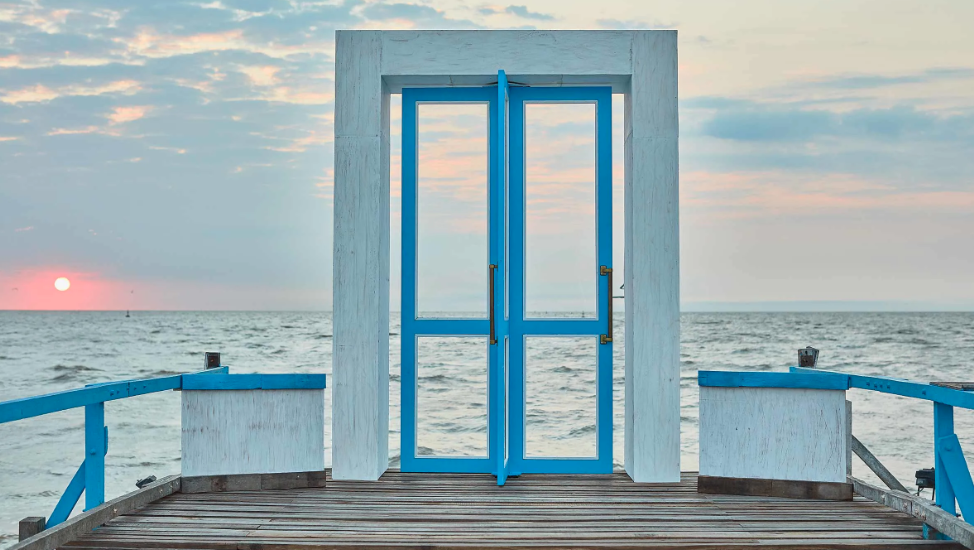 Perspective of Abscense, 2018, imagen tomada de Art Basel, cortesía del artista.
Perspective of Abscense, 2018, imagen tomada de Art Basel, cortesía del artista.
7. PABLO BRONSTEIN (1977)
His interest in architecture is manifested in a variety of media such as drawing, sculpture, installation and performance that are influenced by period designs – ranging from Italian baroque, French neoclassicism to postmodernism. Through these he attempts to respond to how architecture has the ability to intervene in personal identity, as well as inform about our movements, behaviors and social customs.
Su interés en la arquitectura se manifiesta en una diversidad de medios como el dibujo, la escultura, la instalación y la performance que se hallan influenciados por diseños de época –que abarcan desde el barroco italiano, el neoclasicismo francés hasta la posmodernidad. A través de estos intenta responder cómo la arquitectura tiene la capacidad de intervenir en la identidad personal, así como informar acerca de nuestros movimientos, comportamientos y costumbres sociales.
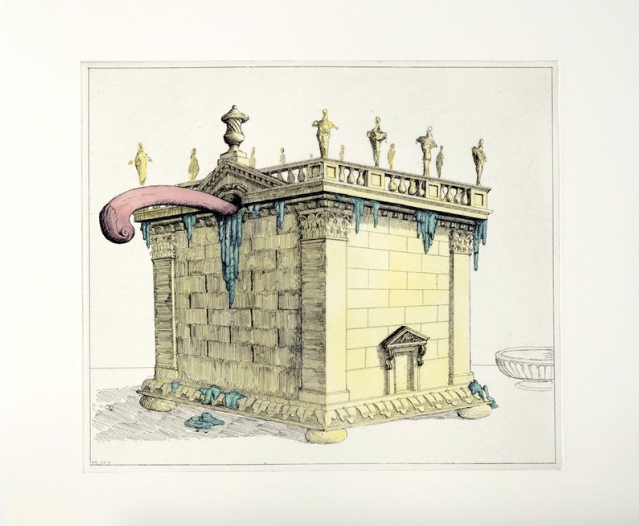 Imagen:Chatsworth Sauce Tureen in Gold, 2015, imagen tomada de RISD Museum.
Imagen:Chatsworth Sauce Tureen in Gold, 2015, imagen tomada de RISD Museum.
8. ADRIANA MINOLITI (1980)
Through her work, Minoliti faces the artificial limitations of identity and space, emphasizing sexuality and gender; so that it reinvents the spacial and sexual relations between the bodies. Thus, she combines vibrant and colorful paintings and installations, where the codes and / or symbols of the artist prevail and critique the built universe.
Minoliti a través de su obra enfrenta las limitaciones artificiales de identidad y espacio, haciendo énfasis en la sexualidad y el género; de manera que reinventa las relaciones espaciales y sexuales entre los cuerpos. Así, combina pinturas e instalaciones vibrantes y llenas de color, donde priman los códigos y/o símbolos del universo de la artista que ofrecen una crítica al mundo construido.
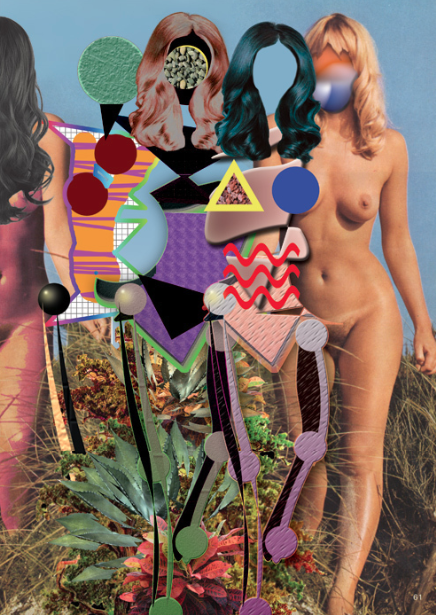
Imagen: S/T, 2014
9. EDUARDO NAVARRO (1979)
Seduced by non-rational forms of communication, Navarro explores different languages and formats that allow him to produce new possibilities to perceive and understand the world around us. Thus, through large-scale sculptures to participatory actions and facilities, Navarro investigates empathy and contemplation, while seeking to alter conducts and pre-established behaviors.
Seducido por las formas no racionales de comunicación, Navarro explora diferentes lenguajes y formatos que le permitan producir nuevas posibilidades de percibir y comprender el mundo que nos rodea. Así, a través de esculturas a gran escala hasta acciones e instalaciones participativas, Navarro investiga la empatía y la contemplación, a la vez que busca alterar conductas y comportamientos preestablecidos.
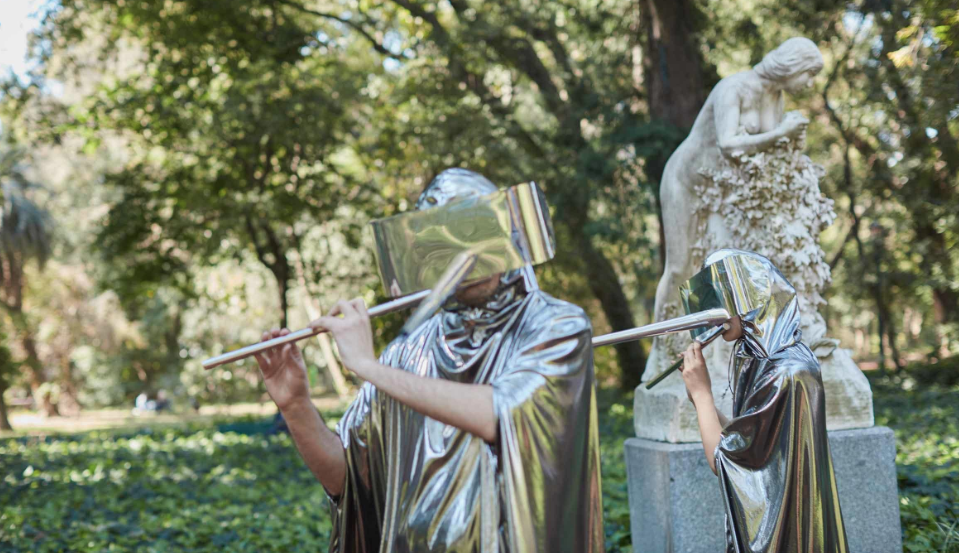 Polenphonia, 2018, imagen tomada de Art Basel, cortesía del artista.
Polenphonia, 2018, imagen tomada de Art Basel, cortesía del artista.
10. MERCEDES AZPILICUETA (1981)
In recent years she has been exploring the living arts through the theatrical possibilities of sculpture, which are presented as devices that can be activated by the public in varied ways. The characteristic of these works is that they evoke the domestic work of women and that they are made with recycled or natural materials that enhance the criticism of the violent exploitation of humans and nature.
En los últimos años viene explorando las artes vivas a través de las posibilidades teatrales de la escultura, las cuales se presentan como dispositivos que pueden ser activados por el público de maneras variadas. La característica de estas obras es que evocan al trabajo doméstico de las mujeres y que están hechos con materiales reciclados o naturales que potencian la crítica a la explotación violenta de los humanos y la naturaleza.
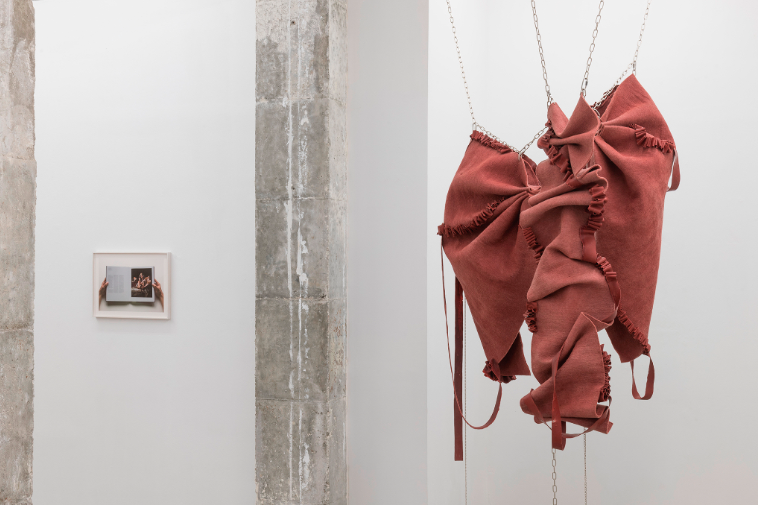 The old dream of symmetry 5, 2019, imagen tomada del artista.
The old dream of symmetry 5, 2019, imagen tomada del artista.
Text and selection by Luisa Fernanda Lindo, artist and curator
*Translation by Samantha Bay
*Edited by Paul Alonso









